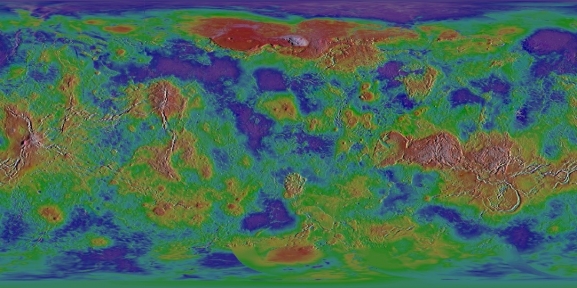 HKU Department of Earth Science
HKU Department of Earth Science
Seminar

Testing tectonic highland models on Venus
-
Date
August 28,2018
-
Time
2:00PM
-
Venue
JL104
-
Speaker
Cheng Hiu Ching, Jupiter Department of Earth Sciences, HKU
On Venus, there are distinctive crustal plateau which expose ancient tessera terrain across 8% of the planetary surface. But the plateau and tessera origins and evolutions are poorly understood. Several formation models have been proposed, including the downwelling, upwelling, plate tectonics subduction, pulsating continents, heat pipe, and bolide impact with lava pond models. These models provide testable predictions for highland geometry and deformation. Detailed mapping of Ishtar Terra, one of two main highland regions on Venus near its north pole, has been conducted along the plains-tessera marginal area to test different models. Additionally, modeling of Venus’ lithosphere strength envelopes will also be conducted to test for plastic failure in the lower crust as an explanation for the origin of tessera deformation.
Mapping reveals a variety of constraints that must be accounted for in models, including: tessera highland (1) shows as complex asymmetric shape; (2) is the regionally oldest formation; (3) is dominated by contractional deformation; and (4) has young surface volcanism possibly due to delamination or basal melting. Most models cannot explain all these observations: (1) Plate tectonics predicts a younger mountain formation. (2) Lava pond and bolide impact model predicts a circular and largely homogenous deformation. (3) Upwelling model is less viable, as these models have difficulties in creating compressional mountains without accompanying large-scale extension in the central plateau region, which is not observed in the mapping.
Downwelling, pulsating continent, and diminished heat pipe to stagnant lid models are consistent with the above findings.
